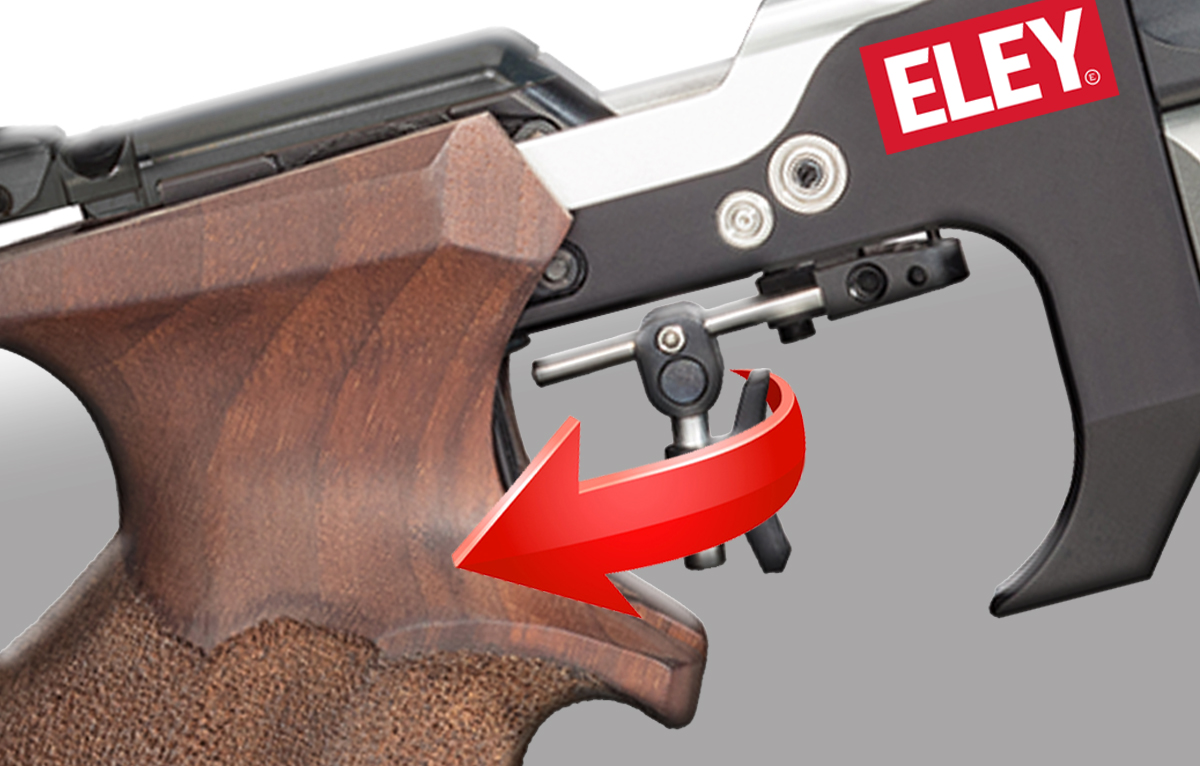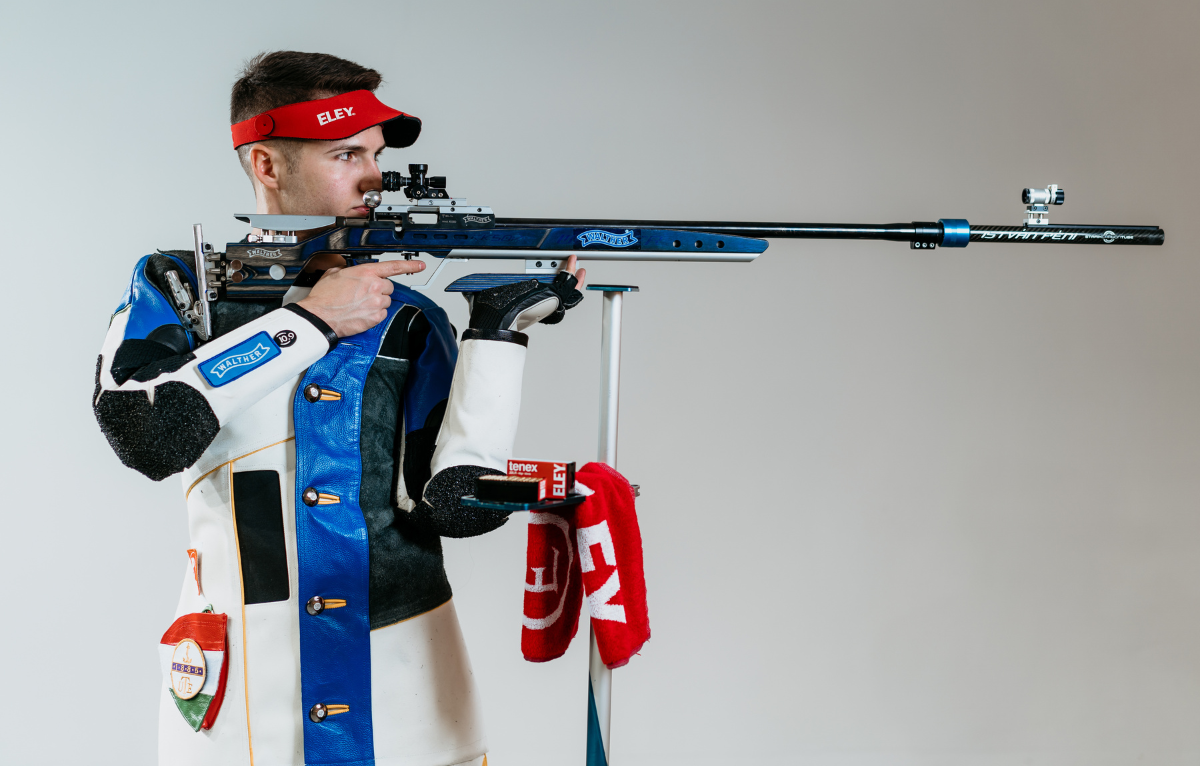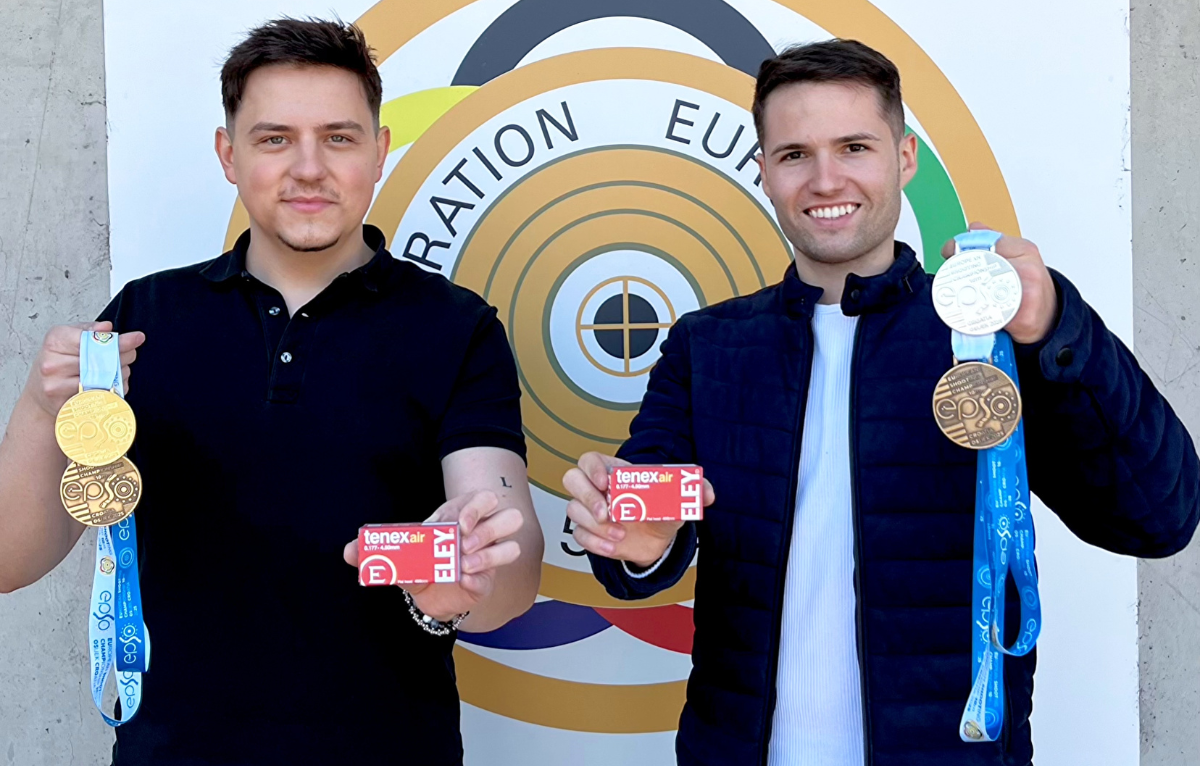In the first instalment of ELEY’s coaching for accuracy series, Martyn Buttery, test range manager and GB Talent Squad coach, gives his advice on perfecting your trigger technique.
What causes poor trigger technique? As Martyn Buttery simply states “it’s the shooter”. The only external influence affecting the trigger is the user. Perfecting your trigger pull is one of the earliest things you’ll learn when starting out. But how many of us actually put the theory into practice when out on the range?
First things first, let’s look at what the correct position should be. Good trigger technique involves placing the trigger in the middle of the pad of your fingertip so that it forms a right angle to the barrel. Pressure needs to be applied in a straight line towards the rear of the gun. The tendency is often to apply pressure to one side of the trigger in effect pulling or pushing it at a slight angle. This smallest bit of movement can negatively impact the accuracy of a shot.
Finally, it’s important to follow through when pulling the trigger, continuing to hold it down until recoil has subsided.
How do you know where you’re going wrong and how you can improve?
Martyn recommends using a Scatt trainer, which involves an advanced optical sensor being mounted onto your firearm to record its position during aiming and impact. This then provides visual feedback on your barrels position when focused on the target. It is not a scoring mechanism, but purely an analysis tool. It will tell you if you have good approach, good hold and good follow-through – all vital elements to perfecting your trigger pull.
Martyn notes when aiming at the target, you want to be bringing your barrel down between 11 and 1 o’clock. This is until you’re straight above the target. Then take a breath allowing your diaphragm to open up and your body to be in a completely relaxed and natural position. Then you’re ready to drop down onto the bullseye. When the trigger is pulled, the Scatt trace should be short. The shorter, the better.
If the trace is pulling to one side for example, you’re not pulling the trigger back in a straight line. As a result, shots can go off horizontally.
Once the Scatt data has provided visual feedback, the only way to improve is practice. As the saying goes, practice makes perfect.





